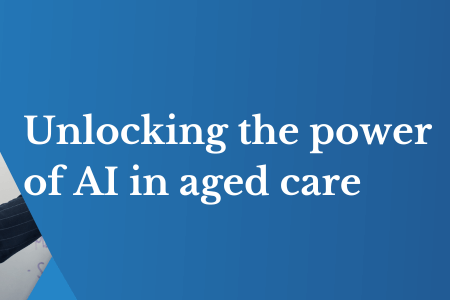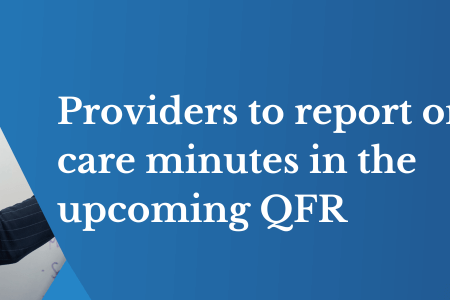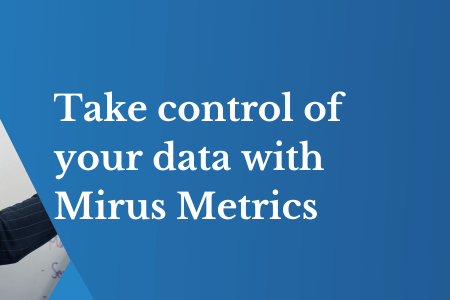Aged Care Workforce Growth Strategies
April 27, 2017 | Assessment and Optimisation

Clinical expertise is assumed while the relentless focus of industry discussion is on business skills and technology, according to the speakers presenting over 3 days at the 2017 Aged Care Workforce Growth Strategies conference.
People, education and workplace effectiveness
The overall consensus among speakers was that people are the keys to business success in aged care. The industry is largely values-driven and so attracts a workforce of those who are people-centric and are passionate about caring for others.
A premium is placed on tenure and experience but 60% of the existing workforce will reach retirement age over the next 15 years according to the 2016 National Aged Care Workforce Census and Survey. As a result, the industry is starting to look deeper into workforce effectiveness, and the role played by retention and education.
Some speakers identified staff retention a concern, others less so however what was common was the focus on metrics around this as one of the measures of workforce effectiveness.
Education was a recurring key theme and there continues to be a mandatory focus on clinical skills and experience. More importantly, there was also an increasing focus on new ways of learning as well as learning something new: the role of business skills to a provider’s success.
As an example of this, some speakers shared the importance of financial assessments in undertaking projects. To extend this the industry may benefit from benchmarking such initiatives to continually drive improvement at a time when funding is more and more scarce.
Another trend in education seemed to be the focus on deliberately upgrading the workforce around technology, leadership and culture instead of relying on those skills being bought and on-boarded.
In other examples of education some speakers discussed workplace collaboration and ways to break down silos between clinical and operational functions but the question remained – how does this effort link to overarching business strategy and who drives this? Interestingly, one area of focus was on that first critical moment of truth for the workforce that is recruitment, on boarding and the induction process. This could be another opportunity for various functions to learn from each other – how does the admissions team attract, select and on-board new residents?
Technology and data
If people are central to the success of the aged care industry then technology on its’ own cannot be the silver bullet to its’ challenges. Speakers discussed the multiple technology systems, their complexity and their impact. Enablers and disrupters in equal measure, it was agreed that these systems need people additional to the existing workforce to implement, embed and support on an ongoing basis.
Just as there is growing complexity with technology, so too is there with data and information. Defining and measuring the success of an individual business is key but in an environment of rapid change, access to industry data and benchmarks will support continuous improvement. A consensus was the need to define metrics for business benefit as well as for measuring progress – who is doing that for your business today?
Where to now?
Overall the industry knows that the market is changing and becoming more competitive. As a result, the question turns to providers and how best to handle this change. What was evident was the willingness to share information and collaborate to find better alternatives that lead to better care. How do we collectively create, access and share reliable thought leadership when there is an explosion of data and information?


